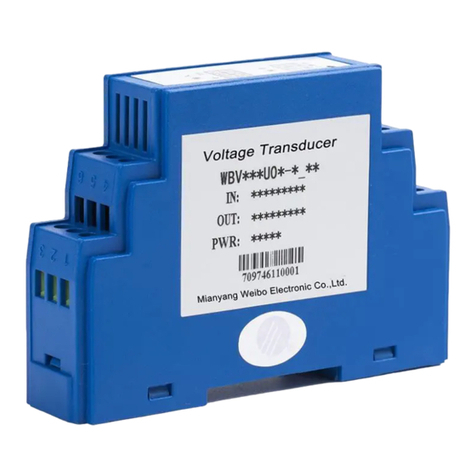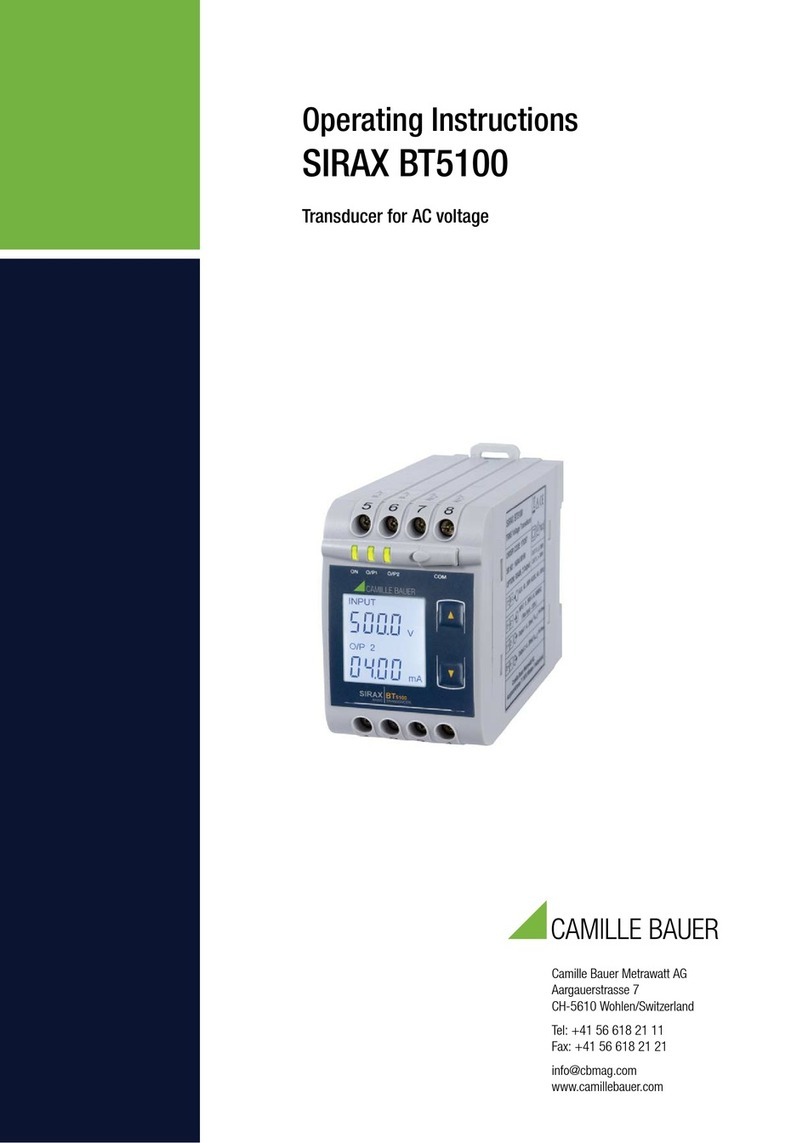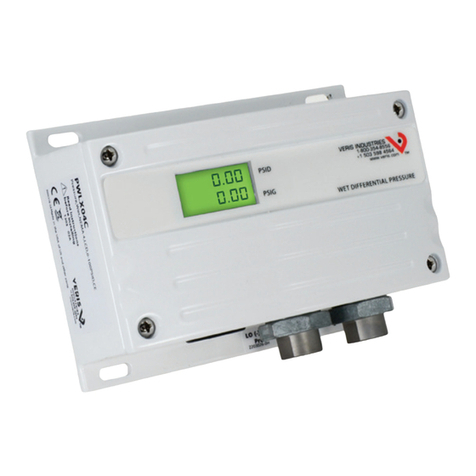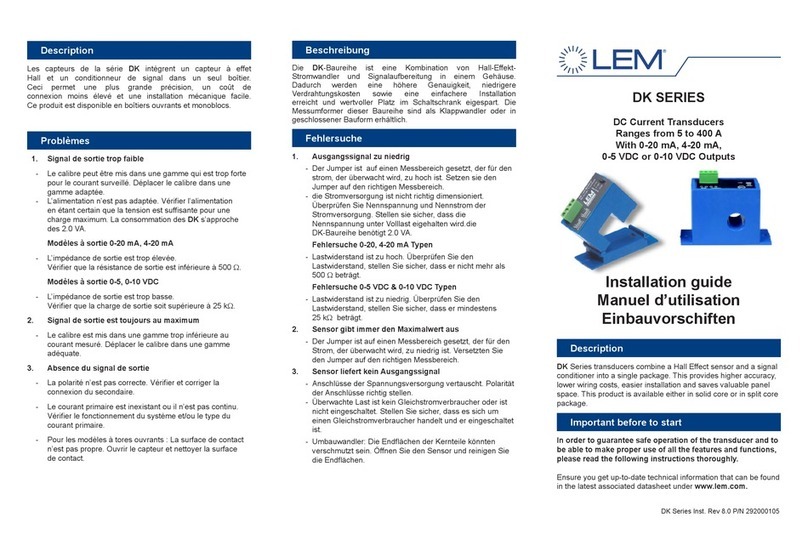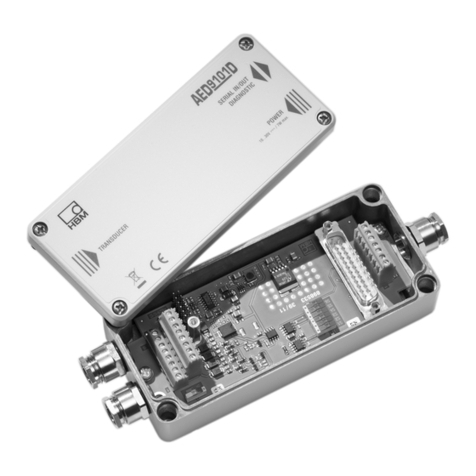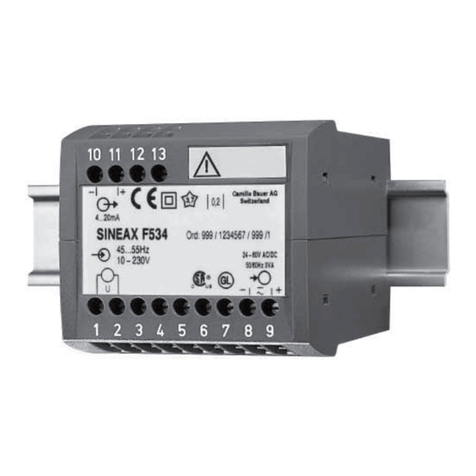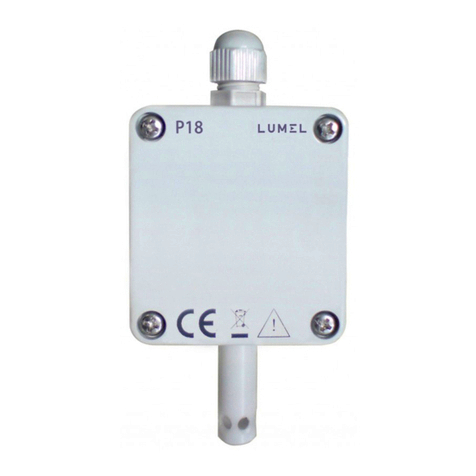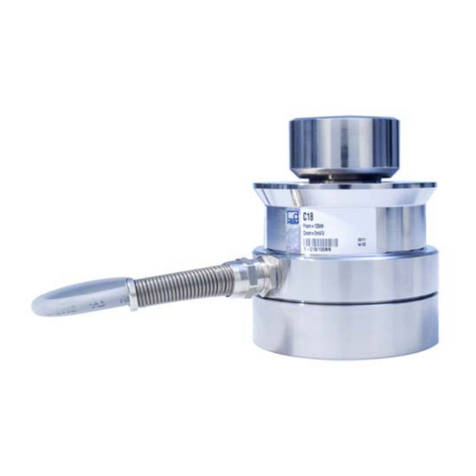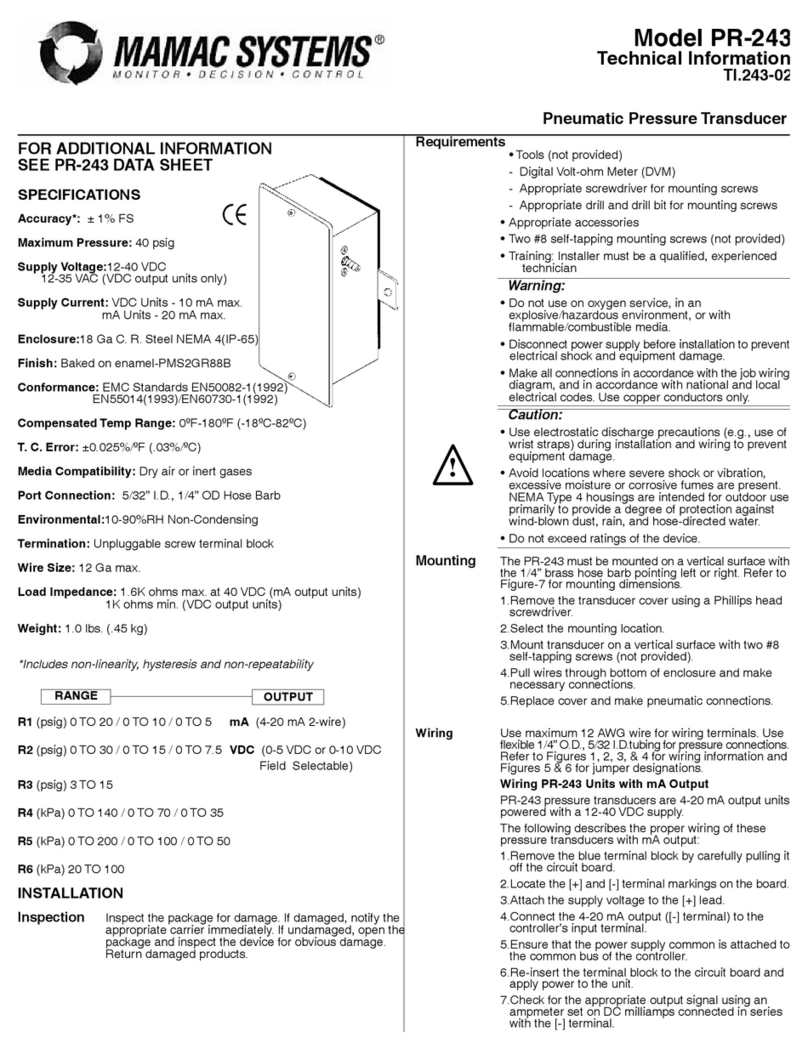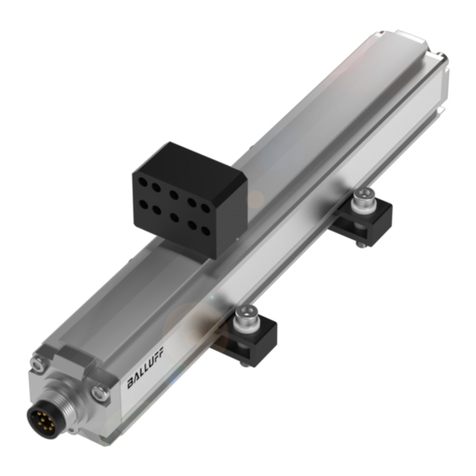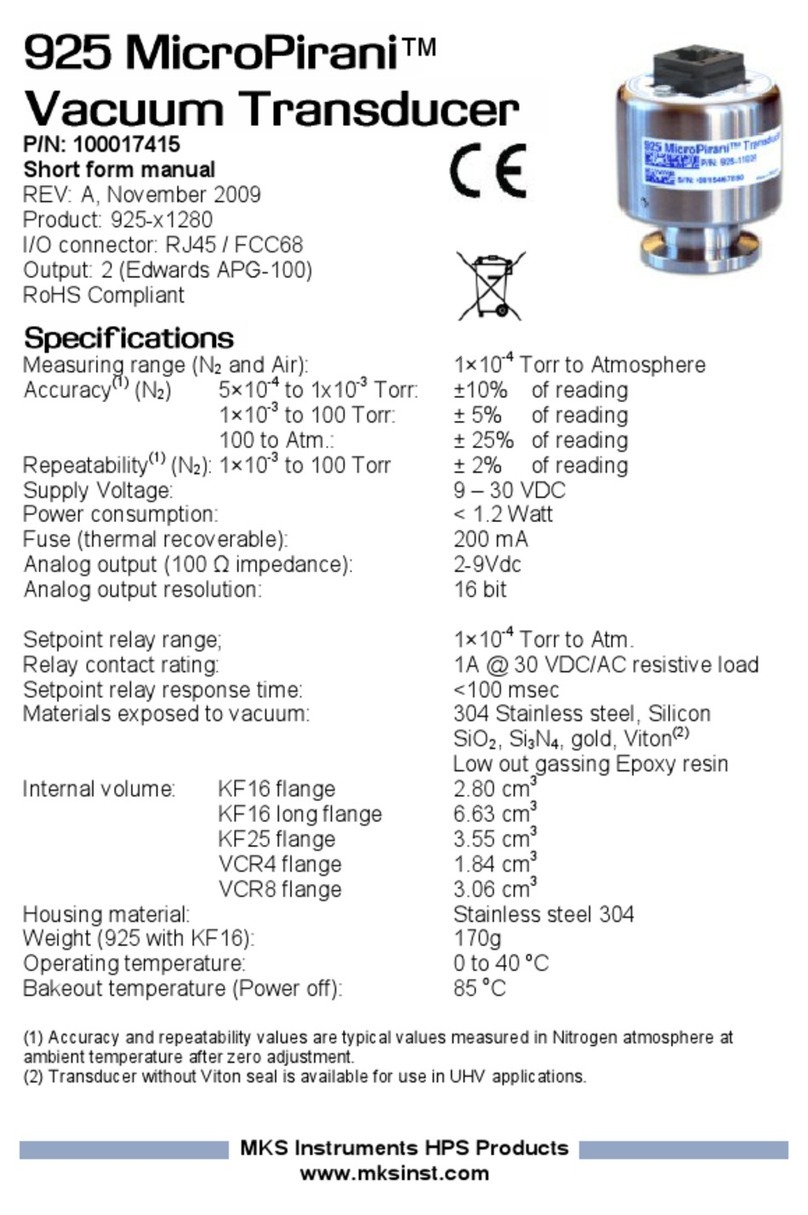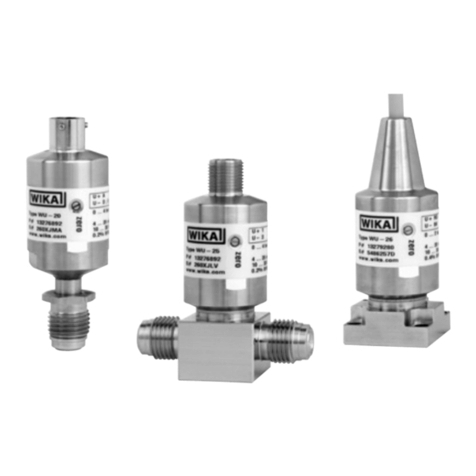
INTRODUCTION
The ETS Annular Torque Transducer comes with its own matching amplifier module and shares the same
serial and model number. Transducers can be calibrated in either N∙m, lbf∙ft or lbf∙in as standard, but other
units of Torque are available i.e. cN∙m, dN∙m, Kgf∙cm and Kgf∙m.
The transducer torsion tube is made from heat treated stainless steel on to which are bonded strain gauges
which are wired to form a Wheatstone bridge. The strain gauges vary their resistance in direct proportion to
the Torque applied. The small change in resistance causes a change in voltage across the bridge that is
then amplified by the amplifier module.
The amplifier module is calibrated to each transducer and at it’s heart is an Instrumentation Amplifier.
Housed within the amplifier module are the bridge balance potentiometers, gain setting potentiometer and
bridge test potentiometer along with the range and decimal point coding resistors. The whole is potted in
silicon rubber within a plastic shell.
The amplifier operates from supplies of a +/- 10v and a constant current of 20mA which is delivered to the
bridge via the zero network. The output voltage from the amplifier is fed to the internal circuitry of the ETS.
SPECIFICATIONS
Accuracy: See calibration certificate supplied with transducer.
Amplifier Output: 1.0000 volts Full Scale Defection for N∙m.
1.3558 volts Full Scale Defection for lbf∙ft.
1.1299 volts Full Scale Defection for lbf∙in.
0.9807 volts Full Scale Defection for Kgf∙m
Amplifier Power Requirement: +/- 10v D.C. Regulated.
Constant Current: 20mA +/- .01 mA
Operating Temperature Range: -10ºC - +50ºC
Storage Temperature Range: -20ºC - +70ºC
Temperature Co-efficient: <+/- 0.01%/ºC. Full Scale Defection on zero
<+/- 0.03%/ºC. Full Scale Defection on span
Maximum Working Overload: 120% of rated capacity
Absolute Maximum Torsion: 150% of rated capacity
NOTE: If equipment is used in a manner not specified by the manufacturer, the protection
provided by the equipment could be impaired.
